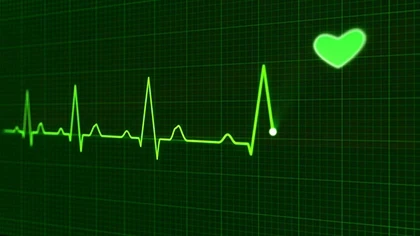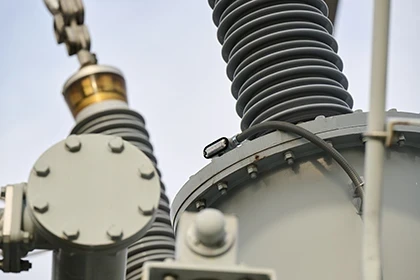Transformer Testing & Maintenance
Dielectric Voltage Testing – Standard Methods
The Role of Transformer Oil Alternatives in Improving Safety and Environmental Sustainability
Transformer Testing & Maintenance

Case Study: Rapid Changes in Bushing Health
Introduction
Continuous online monitoring of bushings provides real-time information which can result in the early detection of a possible failure.
Challenge: A Major Alarm
A prominent U.S. utility was looking for a way to improve system reliability for their 138kV assets. They researched and reviewed options available on the market that included affordable bushing monitoring. After review, the utility chose to pilot the Dynamic Ratings’ C50 Transformer Monitor to see if it was worth the...
Related Articles

The Role of Transformer Oil Alternatives in Improving Safety and Environmental Sustainability
The Growing Need for Safer and Greener Transformer Oils Transformer oil plays a vital role in the operation and longevity of power transformers, providing insulation, cooling, and arc suppression. Traditionally, mineral oil has been the industry standard due to its effective dielectric properties...

Insulation Resistance Test
Insulation Resistance (IR) test, often called Megger test, is more than 100 years old and assumed to be a very straightforward test. During my inspection and testing work in the past 15 years in Canada, US, and internationally, I have seen different practices of performing and interpretation of IR...

RMS Energy Responds to the Changing Engineering Needs of Customers
Today’s electrical infrastructure in the United States might have been viewed as a work of science fiction when the first commercial power grid was conceived and built in New York’s lower Manhattan in the 1880s. But it didn’t take long for fiction to become fact. Thomas...

Cyber Threats on the Rise Invest Now to Boost Power Grid Defenses
Critical infrastructure security is in the national spotlight. In 2020, the power grid and energy sector was the third most targeted sector for cyber-attacks, up from ninth place in 2019, and the threats are growing more sophisticated. The Biden administration recently issued a national security...

The Role of Transformer Oil Alternatives in Improving Safety and Environmental Sustainability
The Growing Need for Safer and Greener Transformer Oils Transformer oil plays a vital role in the operation and longevity of power transformers, providing insulation, cooling, and arc suppression. Traditionally, mineral oil has been the industry standard due to its effective dielectric properties...

Enhancing Transformer Resilience: Fire Barriers and Safety Measures in Modern Substations
The Growing Concern of Transformer Fire Risks An Electrical Substation Transformer is a critical component of modern substations, playing a vital role in the transmission and distribution of electricity. However, due to the high-voltage operations, flammable insulation materials, and exposure...

Navigating the Transformer Supply Crunch: Strategies for Utilities Amidst Global Shortages
The Growing Transformer Supply Crisis The global transformer supply chain is facing unprecedented challenges, with utilities worldwide struggling to procure essential equipment due to material shortages, manufacturing delays, and logistical constraints. Transformers are the backbone of electrical...

MITIGATING TRANSFORMER FAILURES: ADVANCED MONITORING AND MAINTENANCE STRATEGIES
Power transformers are critical assets in electrical transmission and distribution networks. Their failure can lead to widespread outages, costly downtime, and potential safety hazards. As transformers age and operate under varying electrical and environmental stresses, degradation becomes...

Transmission Construction Industry Leader Retires and Sells at Absolute Auction!
S.E., Inc. has been providing the very best in Transmission Powerline Construction for over (40) years throughout the Western United States. Brothers Mark, Steve, David, and Craig Sorenson have decided to retire and pursue other interests. Everything in the auction is owned by S.E., Inc. and will...

Understanding Bushing Failure Modes and Monitoring for Optimal Transformer Health
Monitoring the health of bushings is vital for ensuring the reliability of transformers, especially in high-stakes environments like power grids and industrial facilities. Bushings, critical components of transformers, are prone to various failure modes that can lead to operational inefficiencies...
